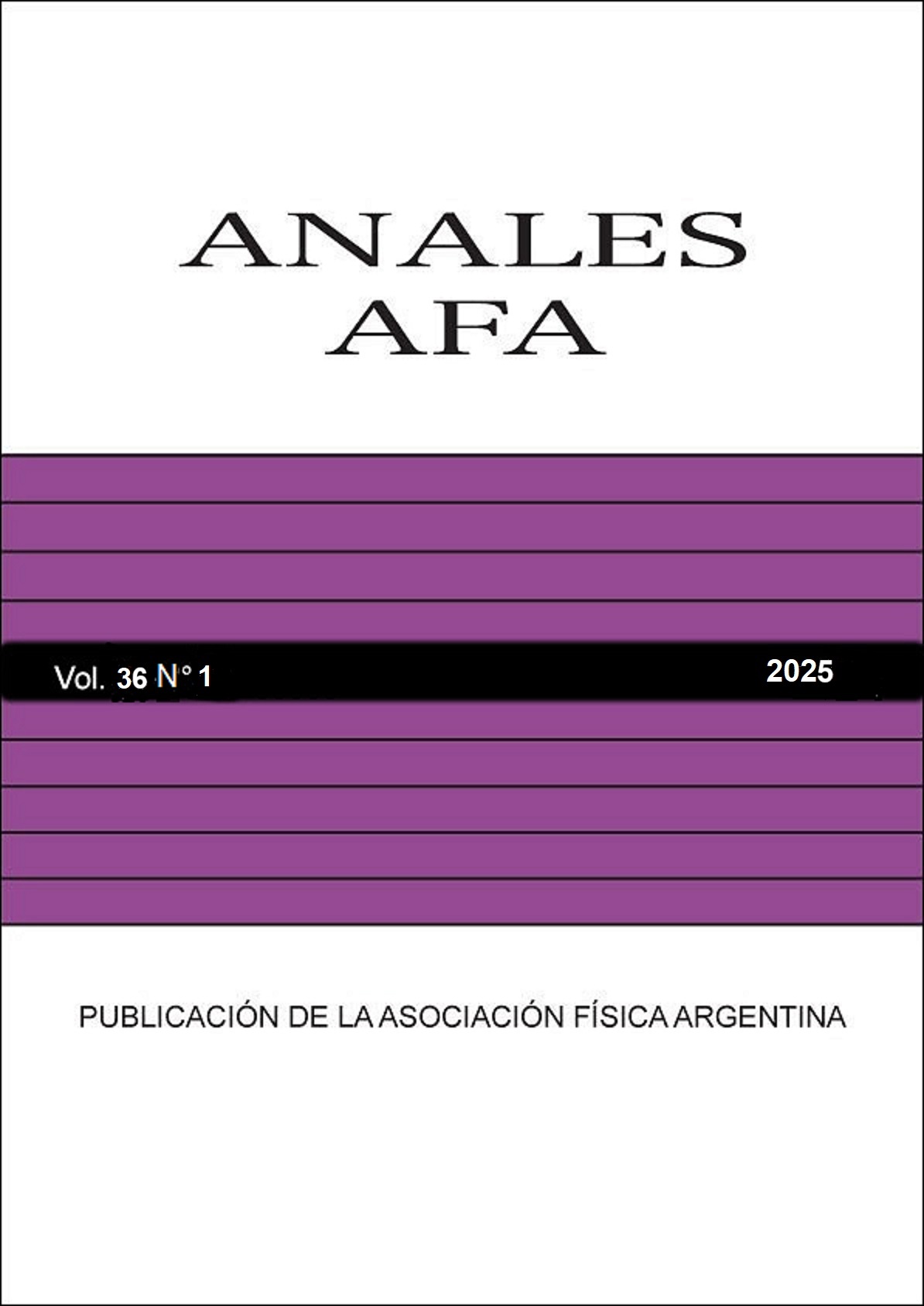METEOROLOGICAL CONDITIONS DURING RECORD WILDFIRES IN THE PARANÁ RIVER DELTA: ANOMALIES AND APPLICATION OF A CLUSTERING MODEL
Abstract
About 95 % of wildfires are anthropogenic causes. The burning of grasslands as a method of sweeping for livestock and agricultural exploitation has been implemented for over two centuries on the American continent. Every winter fire is used to promote the regrowth of forage species in the Paraná River Delta. Atypical weather conditions and climate change have exacerbated the impact of fires worldwide. In 2020, the accumulation and spread of unprecedented wildfire emissions affected the inhabitants of the Rosario Metropolitan Area (AMR), Argentina. This work analyzed meteorological conditions, the number of active fires detected by the VIIRS satellite instrument, and the concentration of fine particulate matter (PM2.5) measured in the AMR. Anomalies of precipitation, relative humidity, and temperature recorded in situ between June and August in the period 2010-2020 were calculated. The results show that for the year 2020, ambient humidity and temperature had an average decrease of 10 % and 3 %, respectively, while accumulated precipitation had a reduction of about 70 % with respect to previous years. The clustering model showed that the highest median NI coincides with the lowest accumulated precipitation and low relative humidity, as well as prevailing winds from the northwest. Wind analysis reveals that currents from the northwest direction promoted larger surface fire impacts in the Paraná River Delta, and northeast winds increased PM2.5 levels in the AMR. These findings underline the importance of considering meteorological conditions in assessing environmental risks and in formulating mitigation strategies against air pollution and forest fires.




